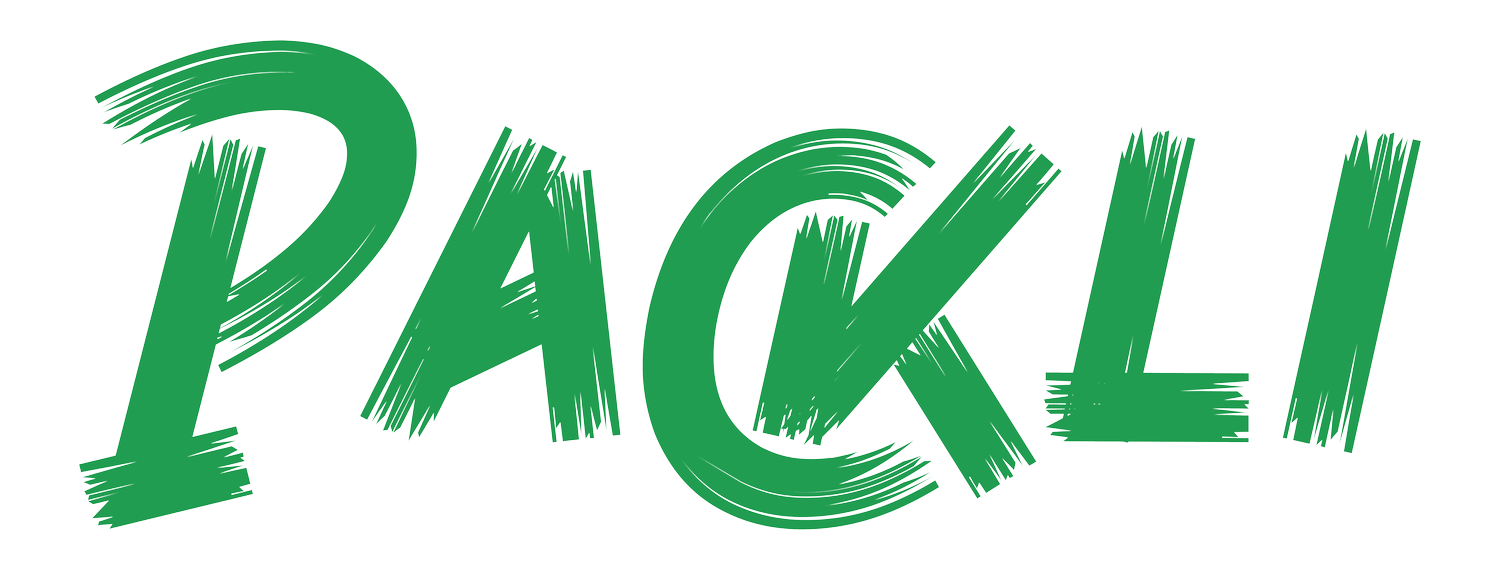Should the packaging sell your product - or your brand?
When developing packaging design, you are faced with one of the most important strategic choices:
Should the packaging emphasize the brand - or the product?
There is no one right answer - it's all about who you are as a business and how you want to sell.
🥤 Brand first - example: Prime Energy
Prime is a classic example of a product that is chosen because of the brand.
People don't buy it (just) for the taste - they buy it because it's Prime. A name with hype, personalities behind it and world-class marketing.
Benefits of brand focus:
Creates strong recognition and loyalty
Make it easier to launch new products
Building value beyond the product itself
Disadvantages:
Requires a large marketing budget
More difficult to start up without knowledge
Takes longer to build up
Brand focus works especially well when you want to scale quickly, create a community or build a business that is not dependent on one product.
🍓 Product first - let the product speak for itself
In Denmark (and many other markets) it is very common to let the packaging sell the product directly.
The focus is on the taste, effect, quality or visual - something that speaks to the consumer here and now.
Product focus works great when you want to sell here and now - but also when working with trend-based or original products that have something unique to offer. Take Dubai chocolate, for example: it sold not because of a brand, but because the packaging and idea captured the consumer.
By focusing on the product itself, you can get to market quickly and achieve big sales - without waiting for a brand to become known.
The downside? If the product is easy to copy, it can quickly be overtaken by competitors with bigger marketing budgets and stronger brand strategies. So you need to get it right - and be ready to innovate quickly.
But that doesn't mean it's only a short-term strategy.
On the contrary, a product-focused design can live for many years if it's sharp and clear.
Benefits of product focus:
Make it easy for the consumer to understand and choose the product
Doesn't require a large marketing budget
Works strongly in-store where packaging is your primary salesperson
Enable growth through retail rather than advertising
Disadvantages:
Can be challenging to scale internationally
Less brand loyalty if the product doesn't differentiate itself
Risk of being copied if the concept is not strong enough
Requires a lot in developing new variants (can also be an advantage)
For many Danish companies, the strategy is:
"Get the product on the shelf - let the packaging do the rest."
It's effective because it puts budget into design rather than ads - and works especially well in countries with a strong retail network.
🧃 So what to choose?
At Packly, packaging design isn't just about aesthetics - it's about strategy.
We help you find the right balance between building a strong brand and selling your products in the moment.
It depends on:
Your target audience
Your sales setup (B2C/B2B, webshop, retail)
Your level of ambition
Your budget and time horizon
📦 Conclusion:
Good packaging design is more than pretty. It's strategic.
Whether you're going for branding or product focus - it needs to be thoughtful, purposeful and compelling.
At Packly, we create packaging that does both - selling your product today and building your brand for the future.

